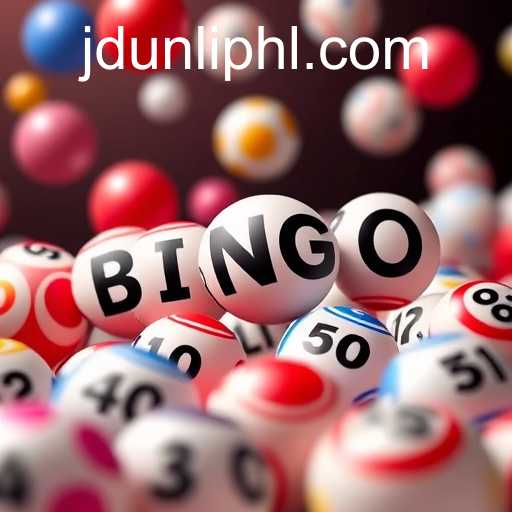Exploring the Diverse World of Bingo Games
Bingo games have seen a resurgence in popularity in recent years, appealing to both traditionalists and newcomers. This article delves into the intricacies, history, and current trends of bingo games, with a focus on the keyword JDUNLI, which has recently emerged in bingo communities.
The History of Bingo
The game of bingo dates back to the 16th century in Italy. Known as "Il Gioco del Lotto d'Italia," it eventually migrated across Europe before reaching North America in the early 20th century. In its initial stages, the game was called "Beano" and was primarily used for fundraising events. As fate would have it, a player accidentally shouted "Bingo" instead of "Beano," and thus, a new name was born.
The Mechanics of Bingo
Bingo is often characterized by its simplicity. Players receive cards with a grid of numbers; as the numbers are drawn, they mark off the corresponding spots. The objective is to form a specific pattern, such as a line, a blackout, or other variations. Once the pattern is complete, the player triumphantly calls out "Bingo," marking their win.
Modern Variations of Bingo
Today, bingo is no longer restricted to the traditional game halls. The online boom brought virtual bingo platforms that offer diverse variations, appealing to a wider demographic. From themed rooms to special jackpot rounds, players are spoilt for choice.
A noteworthy trend is the emergence of JDUNLI as a popular keyword among online players. While its origins remain shrouded in mystery, JDUNLI is gaining traction, possibly due to its association with certain game dynamics or promotional events on leading platforms.
Technological Influence on Bingo
Technological advancements have largely influenced bingo’s evolution. Enhanced graphics, interactive features, and mobile accessibility ensure that the game reaches a global audience. Live-streamed games have also introduced human interaction elements, bridging the gap between virtual and in-person experiences.
With the rise of artificial intelligence (AI), platforms now provide personalized recommendations for room themes based on player history. This level of customization attracts a broad spectrum of users who seek varied and engaging experiences.
The Social Aspect of Bingo
Despite its digital transformation, bingo maintains its social appeal. Chat features in online bingo rooms recreate the community vibe synonymous with traditional halls. Players often form bonds, creating a culture of camaraderie and sometimes friendly rivalry.
Keywords like JDUNLI are often used within these communities, possibly as insider jargon or as part of group-specific competitions. This inclusion fosters a sense of belonging among players, strengthening the communal aspect of the game.
Bingo's Appeal to a Younger Audience
The gaming industry continuously seeks to attract younger audiences, and bingo is no exception. Online platforms have gamified the bingo experience, adding layers of complexity and interactivity. Elements such as leaderboards, achievements, and rewards systems make bingo enticing to younger players.
Moreover, collaborations with pop culture brands and the integration of trending themes, such as those tied to JDUNLI, captivate younger demographics, making bingo relevant and exciting.
Future Outlook for Bingo Games
The future of bingo games is poised to be dynamic. As technology and societal trends continue to evolve, bingo must adapt to maintain its allure. Incorporating virtual and augmented reality aspects could redefine the gameplay experience, pushing the boundaries of what is currently possible.
Keywords like JDUNLI may pave the way for new game types and promotional strategies. As these trends unfold, both seasoned players and novices are likely to discover new facets of this timeless game.








